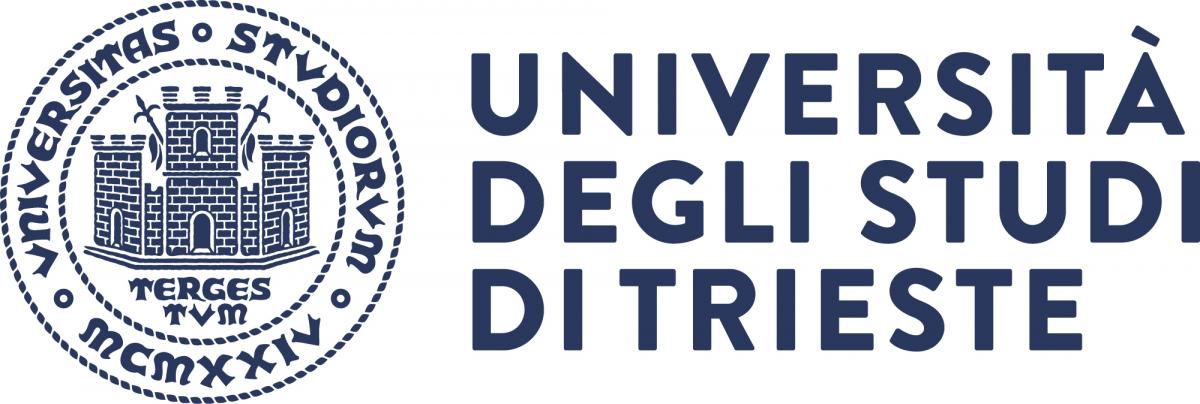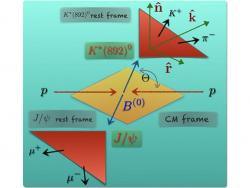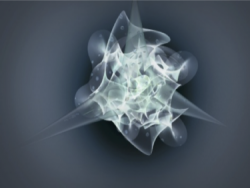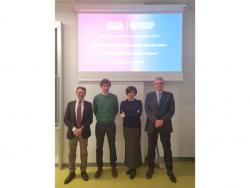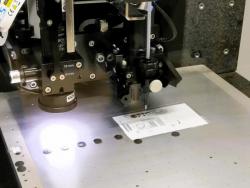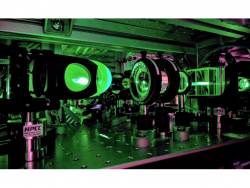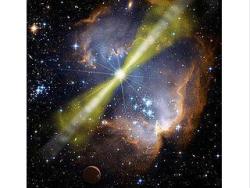High-Energy Gamma Astrophysics: AGILE, FERMI, MAGIC, eASTROGAM and CTA
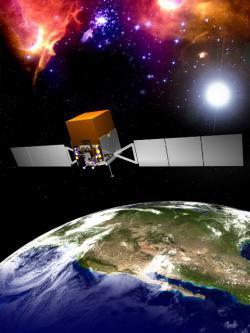 High-energy astrophysics research is based on two complementary methodologies. atellite observations, such as those performed by the AGILE (recently deorbited) and the Large Area Telescope on board the Fermi space mission, cover the energy band from tens of MeV up to hundreds of GeV. Observations in this band are related mainly to compact objects like neutron stars and galactic or extra-galactic black holes. Observations of the galaxy in gamma rays enables us to obtain interesting information regarding matter and interstellar radiation thanks to interactions between cosmic rays. At higher energies, the technique consists of observin from the earth the electromagnetic showers produced by photons in the upper atmosphere. The scientific goals of the two methods are therefore complementary.
High-energy astrophysics research is based on two complementary methodologies. atellite observations, such as those performed by the AGILE (recently deorbited) and the Large Area Telescope on board the Fermi space mission, cover the energy band from tens of MeV up to hundreds of GeV. Observations in this band are related mainly to compact objects like neutron stars and galactic or extra-galactic black holes. Observations of the galaxy in gamma rays enables us to obtain interesting information regarding matter and interstellar radiation thanks to interactions between cosmic rays. At higher energies, the technique consists of observin from the earth the electromagnetic showers produced by photons in the upper atmosphere. The scientific goals of the two methods are therefore complementary.
The Trieste group has roles of responsability in both the experiment techniques
In AGILE and Fermi-LAT the Montecarlo simulation SW was developed and is currently maintened by researchers from Trieste. In the two space gamma-ray experiments, the group is interested mainly in transient sources, as Gamma-ray Bursts (GRB), Solar Flares, Flaring Ative Galactic Nuclei, Terrestrial Gamma-ray Flashes and Transient Gamma-ray Galactic binaries. Researchers from the group were and are currently international responsibles of the Science Working groups on these sources also in connection with instruments observing the sky on other wavelenghts. The group also work in modeling the Galactic gamma-ray background and in studying the emission from the quiet Sun, in both cases considering the interactions of cosmic rays with matter and radiation. .
Within MAGIC, the group collaborates to the daily monitor of Fermi data on extragalactic gamma-ray sources such as Active Galactic Nuclei or GRBs.
The gamma-ray group is also member of the CTAO consortium, aiming to build an array of Gamma-ray Imaging Cherenkov Telescopes. Within that it's responsible for the Divergent Pointing strategy to cover large error boxes such as those of Gravitational Wave events and Low Energy Gamma Ray Bursts.
The group is involved in the design of SWGO (the Southern Wide-field Gamma-ray Observatory) a water Cherenkov detector aiming to complement the CTAO southern array with an all sky experiment sensitive to energies above 100 GeV.

